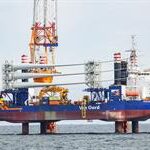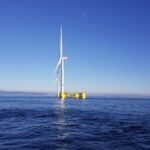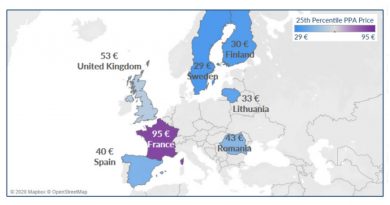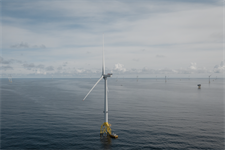Biden administration launches federal partnership to boost US offshore wind
Energy Disrupter
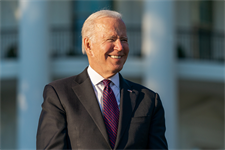
Top US federal officials and industry executives yesterday launched a state-federal partnership to boost America’s offshore wind deployment.
The launch, at the White House, was attended by President Joe Biden, White House national climate adviser Gina McCarthy, US energy secretary Jennifer Granholm, US interior secretary Deb Haaland, 11 east coast state governors, the chair of America’s largest federation of trade unions, and Liz Burdock, CEO of the Business Network for Offshore Wind (BNOW), a trade group.
Biden has called for 30GW of offshore installations off the US by 2030 and of 110GW by 2050. Only 42MW is currently installed off the US in two pilot-sized projects. The supply chain for the US’s nascent and fast-growing offshore wind sector is only just getting off the ground.
“This federal-state offshore partnership is a critical step towards unlocking supply chain growth and helping the industry scale to keep pace with demand and will generate new opportunities for the thousands of small businesses that will form the backbone of the US offshore wind industry,” said Burdock of the BNOW.
To that end, the new federal-state offshore wind implementation partnership will identify and address supply chain, workforce, and port constraints in the hopes of helping build a robust domestic supply chain.
The partnership will later be expanded to include governors from the west coast and the Gulf of Mexico as offshore wind energy projects develop in those regions, according to a White House fact sheet. So far, federal lease auctions for seabed have only occurred along the east coast.
At issue is that individual states are vying to become manufacturing and service centres for the sector, whereas analysts have long understood that regional collaborations are needed to overcome the rivalry and build out a manufacturing base and transmission effectively.
At the same event, the Biden administration announced steps to advance a new national offshore wind supply chain roadmap. The US Department of Energy, New York State and Maryland will fund it.
‘Vessels of national interest’
Additionally, offshore wind vessels are to be designated as ‘vessels of national interest” – a rare move — to facilitate more offshore wind construction, according to the White House. This is to help domestic shipyards modernise their facilities, to build and retrofit vessels, and to assist US shipowners to obtain domestically produced new vessels cost effectively, according to the fact sheet.
The policy shift could go some way to allay the fears of the American Clean Power Association over a new coast guard law, passed in March.
In a press release, the BNOW noted that the US offshore wind industry has already generated $12.7 billion in new public and private investments and has spurred the construction or expansion of nearly a dozen manufacturing facilities.
Some $109 billion in revenue could be generated by the US offshore supply chain this decade, said the Special Initiative on Offshore Wind at the University of Delaware.
East coast governors are laying the groundwork to seize the revenue, said the White House, having already set commitments to procure nearly 40GW of offshore wind.
At issue for the White House is that subsidies and extended tax credits for offshore wind are languishing in Congress. Biden’s “build back better” (BBB) legislation, stalled in the Senate with no clear way forward, would extend all-important tax credits and also institute a manufacturing credit for major wind-turbine components such as nacelles.
“[BBB’s] still being negotiated and we are hopeful that it will include offshore wind and manufacturing specific tax credits, which we feel would help unlock the full potential of the supply chain,” Sam Salustro of the BNOW told Windpower Monthly.
The governor of Virginia was the only east coast state leader who did not attend the White House event.
A spokesperson for Republican governor Glenn Youngkin told Greenwire: “We will continue to support any future offshore wind development that meets Virginia’s economic needs and protects ratepayers from high energy costs.” Ratepayers are electricity customers of regulated utilities.
Virginia is already home to a 12MW pilot project. Permitting has started for Dominion Energy’s $9bn 2.64GW Coastal Virginia Offshore Wind, due online in 2026. But the projected cost, which has been hiked, is being questioned by the staff of and consultants for the Virginia State Corporation Commission.







